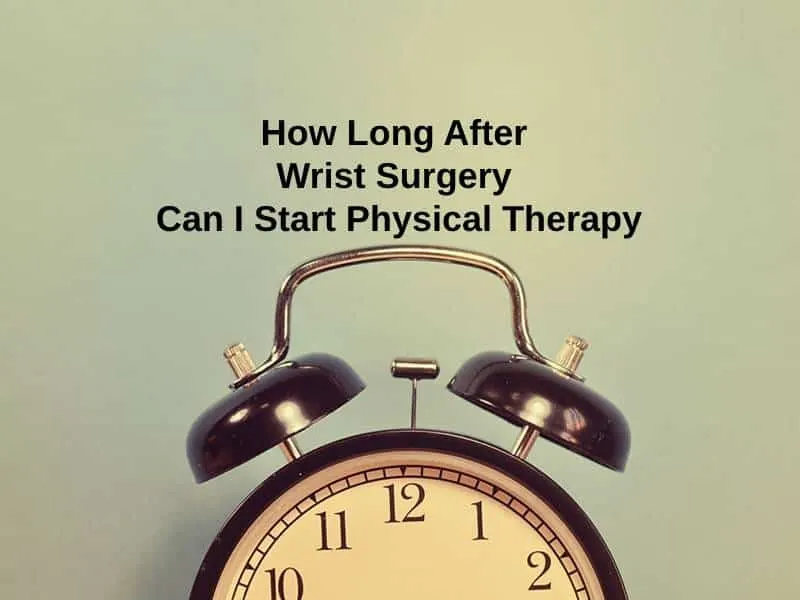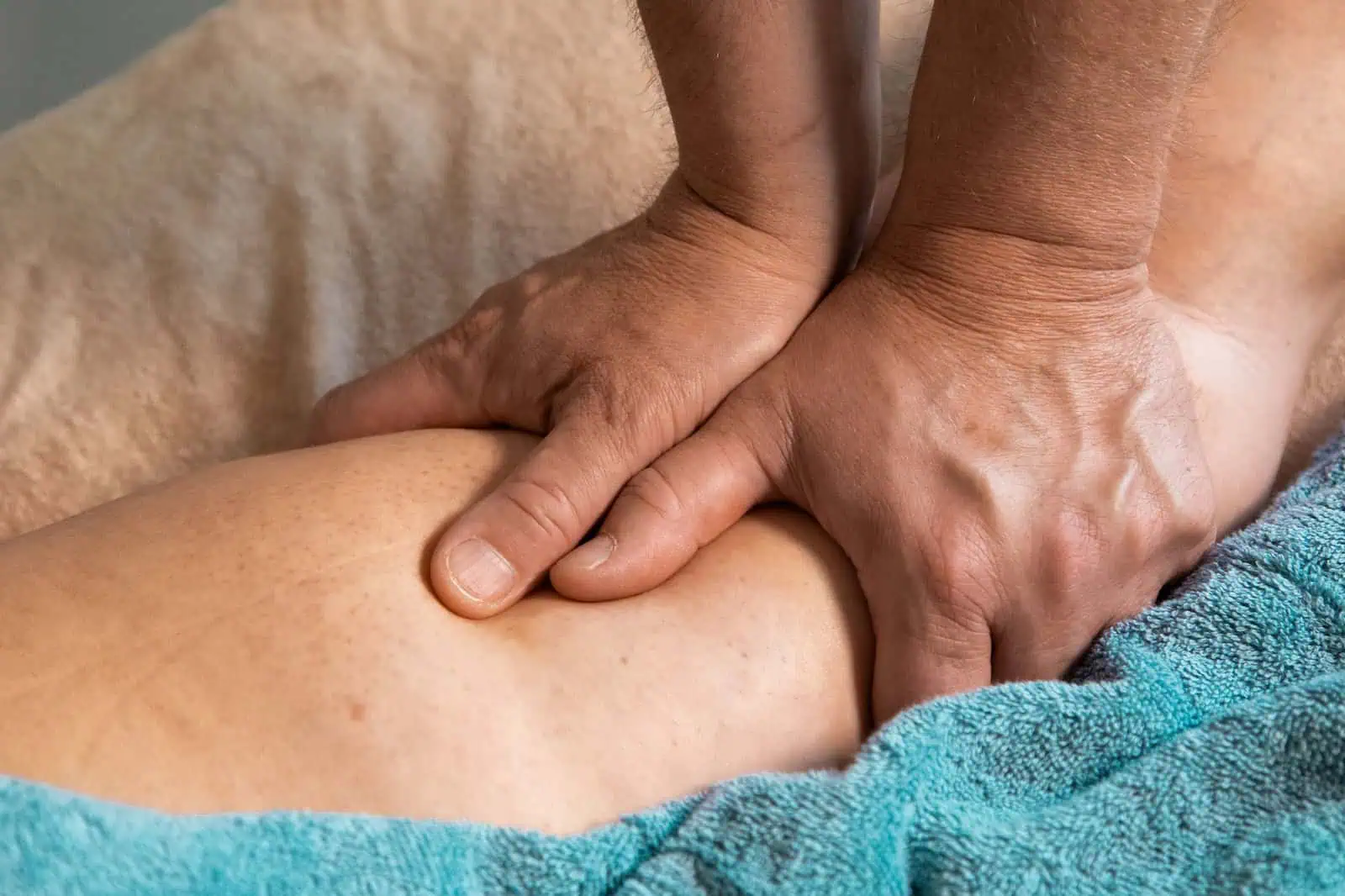Exact Time: 3 to 8 weeks
A wrist fracture is a break in one of the bones near your wrist. After the initial recovery of a broken arm, wrist therapy is suggested by therapists to increase and build strength, reduce the scars, range of motion, and improve flexibility. Once your cast is removed, you need to wait for around 3 to 8 weeks before you begin physical therapy. Children are more prone to wrist bruises as they tend to get them broken while they play. A physical therapist can help you cope with the fracture and help you prevent them in the future.

How Long After Wrist Surgery Can I Start Physical Therapy?
There are certain stages after your wrist surgery and physical therapy starts in about weeks 3 to 8 to make sure you can perform all the activities with ease. The recovery period has a few stages and they are as follows:
| Week | Recovery Process |
| Week One | You need to keep your arm immobilized for a few days. Proper care must be taken in this stage. Swelling is a possibility in this stage, so doctors suggest cold therapy. |
| Week Two | Depending on the complexity of your injury, you are either given a cast or a removable brace. Follow-up appointments with the therapist are necessary to make sure you are out of risk. |
| Weeks 3 to 8 | Physical therapy is necessary to increase your strength and flexibility. However, physical therapy can only begin after your cast is removed. In case you show early signs of recovery, your therapist might suggest even aggressive exercises for you to heal better. |
| Week 12 | Depending on the kind of surgery given to you, you can return back to normalcy. |

When your arm is less stiff, and a little less painful, you begin physical therapy. After physical therapy, it may take up to 3 to 4 months to return to our normal lives and in some cases, even 6 months to a year. Physical therapy lasts for five weeks time or even longer.
Why Should I Wait for So Long After Wrist Surgery to Start Physical Therapy?
Physical therapy is given after a wrist surgery to kind of give your wrist a certain amount of guidance to move and to regain your wrist flexibility after an injury. Your therapist helps you prevent future wrist fractures but you need to give some time for your wrist to rest. First of all, you need to let your bone heal by letting your hand stay in a cast or a sling. During this time, it is important to not damage your hand more and give way to swellings. During this time, depending on the type of fracture, your therapist will analyze and begin to give you mild physical exercises. While wearing a cast, most people prefer to do exercises on the other arm and legs to sort of giving work to them and to stay in shape. It is important to maintain overall fitness when you’ve had an injury.
Your therapist helps you to move your wrist or arms freely without feeling any pain in physical therapy. In the beginning days, the physical therapist gives you some “passion range of motion” that just requires you to move your elbow gently. As your arm gets stronger, you can move to an “active range of motion” which requires some heavy exercises as you are very close to healing.

Depending on the kind of job you are in, you might ask your therapist to give you more demanding exercises. Your therapist will cater to your needs and goals. Physical therapy starts a little later after surgery, so there is no much pressure on your already injured hand.
Conclusion
A broken wrist refers to the fractures in the distal part of the radius which might lead to serious issues if not given physical therapy. Physical therapies are to make sure you have a complete recovery. Though it might be a little painful, it is very necessary to follow the doctor’s advice and do what is being asked of you. The therapist suggests, ice and heat therapy, stretching and strengthening exercises, and so on. Physical therapy is the fastest way to take you back to your routine life and therefore it is for the best that you begin physical therapy and exercise as soon as it is possible.